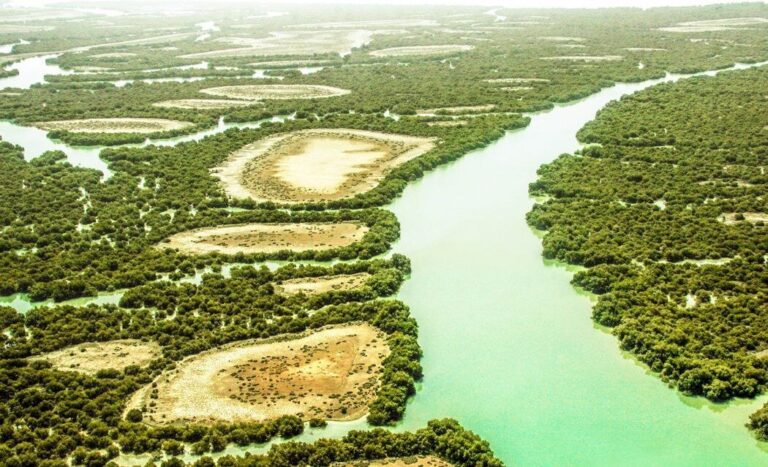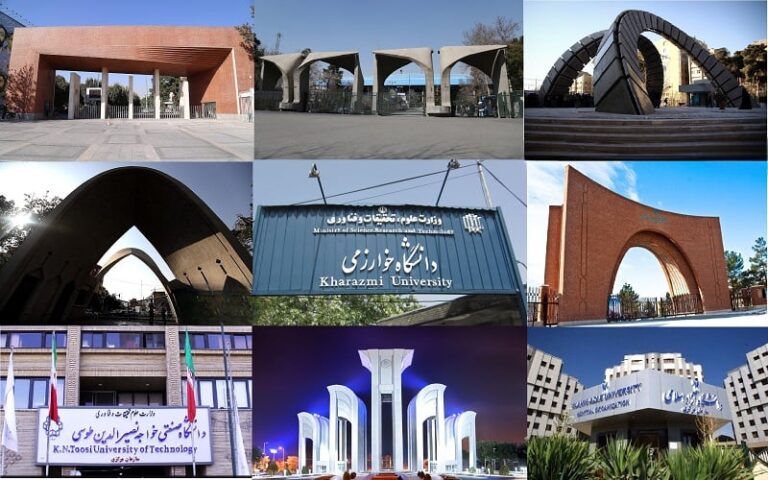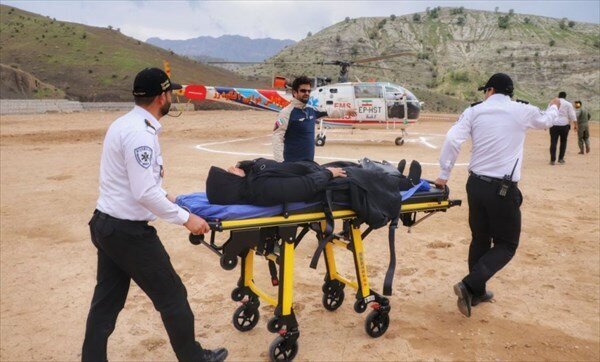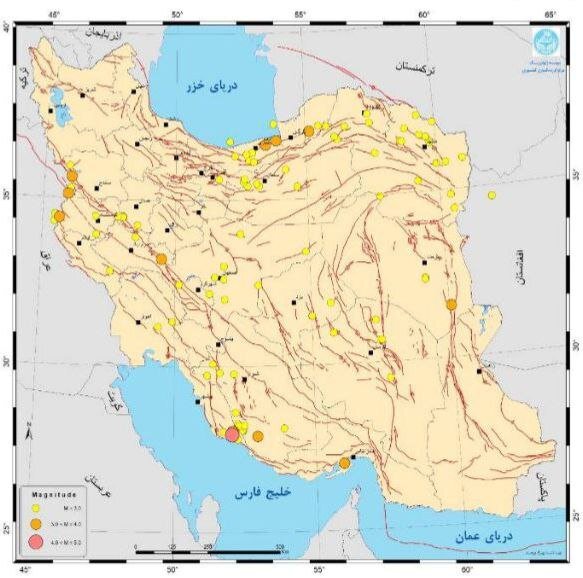
Similar Posts

Urgent Alert: Researchers Highlight Critical Threat of Mangrove Loss in the Persian Gulf
Recent research from the National Institute of Oceanography highlights the severe threats facing mangrove ecosystems in the northern Persian Gulf, particularly in Dayyer City, Iran. These vital ecosystems, mainly composed of Avicenna marina, provide essential benefits such as habitat creation, soil stabilization, carbon sequestration, and flood mitigation. However, satellite imagery reveals significant degradation, with mangrove coverage decreasing from 3.2 hectares in 2015 to 1.7 hectares by 2022, primarily due to construction disrupting freshwater flow. The study calls for urgent conservation strategies to combat anthropogenic pressures and climate change impacts, emphasizing the need for ongoing monitoring to preserve these crucial environments.

Iranian Universities Plummet in Global Rankings: Unraveling the Causes and Impacts
The SCImago 2025 ranking highlights a significant decline in the status of Iranian universities, with most institutions facing decreasing ranks over the past four years. Only Tehran Islamic Azad University of Medical Sciences showed slight improvement. Notable declines include Isfahan University of Technology, which dropped 1,019 places, and Shiraz University, which fell 923 places. Key factors contributing to this trend include brain drain, funding shortages, reduced international collaboration, and poor management. The emigration of students and academics is rising, exacerbated by economic and political challenges. Experts suggest reforms and increased investment in research to reverse this decline.

Unraveling the Impact: How the March 28 Myanmar Earthquake Devastated South Asia
The Mw7.7 earthquake near Mandalay, Myanmar, on March 28, 2025, underscored the seismic risks associated with the Sagaing Fault, known for its history of destructive quakes. The recent event, which followed a 260 km seismic gap, affected around 800,000 people in Myanmar and caused damage in Bangkok, Thailand, due to the amplification of seismic waves by soft soil. Key factors in Bangkok’s destruction included structural vulnerabilities of older buildings and a tragic collapse of a skyscraper, leading to loss of life and injuries. The earthquake highlighted the urgent need for improved building standards in earthquake-prone regions.

Tehran Set to Host Inaugural National Seminar on Knowledge-Based Ecosystems: Shaping the Future of Innovation
The national seminar titled “The Knowledge-Based Iran” on March 1 in Tehran will focus on Iran’s growing knowledge-based ecosystem, highlighting its achievements, challenges, and opportunities. Supported by the vice presidency for science and technology, the event aims to foster collaboration among policymakers, researchers, and industry experts, recognizing top-performing companies. The sector has seen over 200% growth in company numbers within a year, now totaling 10,000, with a market value of approximately $2 billion. The seminar offers a platform for networking and strategizing, enhancing support for continued success and innovation in Iran’s knowledge-based companies.

Over 2,700 Foreign Nationals Benefit from Emergency Medical Services During Nowruz Celebrations!
During the Nowruz holidays from March 15 to 24, Iran’s healthcare sector experienced a surge in activity, particularly the Emergency Medical Services Organization, which provided care to 2,739 foreign visitors. Key achievements included over 74,000 surgical operations, 57 organ transplants, and 269,000 screening tests. Road safety was also prioritized, with 22,000 traffic police and 3,000 unmarked officers deployed to manage the increased travel. Enhanced surveillance in high-risk areas and the involvement of 700 law enforcement students aimed to deter reckless driving. These combined efforts reflect the Iranian government’s commitment to ensuring safety and health during the festive season.

Over 100 Earthquakes Rattle Iran in Just One Week: What You Need to Know
In the fourth week of Bahman (February 8-14), Iran recorded 105 earthquakes, reflecting its ongoing seismic challenges, with 92 quakes below magnitude 3, 12 between 3 and 4, and 1 reaching 4. The notable quake occurred on February 10 in Kangavar. Khorasan Razavi reported the most activity at 17 quakes, while several provinces experienced none. Over the past year, Iran documented 6,949 earthquakes, predominantly in Khorasan Razavi and Kerman. Iran, accounting for 2% of global earthquakes, has seen over 6% of related fatalities, highlighting its vulnerability, especially in Tehran, a disaster-prone city with outdated infrastructure.